1.
Introduction
Fractional calculus is the study of integrals and derivatives of any arbitrary real or complex order. Its origin goes far back in 1695 when Leibniz and l'Hospital started discussion on the meaning of semi-derivative. The 17th century witnessed the attention of this debate by many researchers working in the field of mathematics. Seeking in the formulation of fractional derivative/integral formulas Riemann and Liouville obtained their definitions with complementary functions. Later by Sonin and Letnikov along with others worked out the final form of fractional integral operator named Riemann-Liouville fractional integral/derivative operator, see [1,2]. After this definition of fractional integral/derivative operator the subject of fractional calculus become prominent in generalizing and extending the concepts of calculus and their applications. From the last few years, use of fractional calculus is also followed by scientists from various fields of engineering, sciences and economics. Some fractional integral operators have also been introduced in recent past see [3,4,5]. By applying fractional operators, extensive research has been carried out to establish various inequalities with motivating results, see [6,7,8,9].
Definition 1. [10] Let φ∈L1[ϱ1,ϱ2]. Then left-sided and right-sided Riemann-Liouville fractional integrals of a function φ of order ζ where ℜ(ζ)>0 are given by
and
The k-analogue of the Riemann-Liouville fractional integral is defined as follows:
Definition 2. [11] Let φ∈L1[ϱ1,ϱ2]. Then k-fractional Riemann-Liouville integrals of order ζ where ℜ(ζ)>0, k>0, are given by
and
where Γk(.) is defined by [12]:
The generalized Riemann-Liouville fractional integrals via a monotonically increasing function are given as follows:
Definition 3. [1] Let φ∈L1[ϱ1,ϱ2]. Also let ψ be an increasing and positive monotone function on (ϱ1,ϱ2], further ψ has a continuous derivative ψ′ on (ϱ1,ϱ2). The left as well as right fractional integral operators of order ζ where ℜ(ζ)>0 of φ with respect to ψ on [ϱ1,ϱ2] are given by
and
The k-analogues of the above generalized Riemann-Liouville fractional integrals are defined as follows:
Definition 4. [13] Let φ∈L1[ϱ1,ϱ2]. Also let ψ be an increasing and positive monotone function on (ϱ1,ϱ2], further ψ has a continuous derivative ψ′ on (ϱ1,ϱ2). Therefore left as well as right k-fractional integral operators of order ζ where ℜ(ζ)>0 of φ with respect to ψ on [ϱ1,ϱ2] are given by
and
For a detailed study of fractional integrals we refer the readers to [2,14]. Next, we give the definition of exponentially (α,h−m)-convex function as follows:
Definition 5. [15] Let J⊆R be an interval containing (0,1) and let h:J→R be a non-negative function. A function φ:[0,ϱ2]→R is called exponentially (α,h−m)-convex function, if for all x,y∈[0,ϱ2], t∈(0,1), (α,m) ∈(0,1]2 and η∈R one has
The above definition provides some kinds of exponential convexities as follows:
Remark 1. (i) If we substitute α=1 and h(t)=ts, then exponentially (s,m)-convex function in the second sense introduced by Qiang et al. in [16] can be obtained.
(ii) If we substitute α=m=1 and h(t)=ts, then exponentially s-convex function introduced by Mehreen et al. in [17] can be obtained.
(iii) If we substitute α=m=1 and h(t)=t, then exponentially convex function introduced by Awan et al. in [18] can be obtained.
In [19,20], the following Hadamard inequality for convex function φ:[ϱ1,ϱ2]→R is studied:
If this inequality holds in reverse order, then the function f is called concave function. This inequality was first published by Hermite in 1883 and later Hadamard proved it independently in 1893. Since its occurrence, it is in focus of researchers and had/has been studied for different kinds of convex functions. In past two decades it is generalized by using various types of fractional integral operators and authors have investigated a lot of versions of this inequality, see [21,22,23] and references therein. Our aim in this article is to apply the generalized Riemann-Liouville fractional integrals with monotonically increasing function to obtain the Hadamard inequalities for exponentially (α,h−m)-convex functions. Two fractional integral identities are applied to get the error bounds of Hadamard type inequalities. Following two theorems give the fractional versions of Hadamard inequalities for Riemann-Liouville fractional integrals.
Theorem 1. [24] Let φ:[ϱ1,ϱ2]→R be a positive function with 0≤ϱ1<ϱ2 and φ∈L1[ϱ1,ϱ2]. If φ is a convex function on [ϱ1,ϱ2], then the following fractional integral inequality holds:
with ζ>0.
Theorem 2. [25] Under the assumptions of Theorem 1, the following fractional integral inequality holds:
with ζ>0.
The following theorem gives an error estimation of the inequality (1.11).
Theorem 3. [24] Let φ:[ϱ1,ϱ2]→R be a differentiable mapping on (ϱ1,ϱ2) with ϱ1<ϱ2. If |φ′| is convex on [ϱ1,ϱ2], then the following fractional integral inequality holds:
The k-analogues of Theorems 1 and 2 are given in the next two results.
Theorem 4. [26] Let φ:[ϱ1,ϱ2]→R be a positive function with 0≤ϱ1<ϱ2. If φ is a convex function on [ϱ1,ϱ2], then the following inequality for k-fractional integral holds:
with ζ>0.
Theorem 5. [27] Under the assumptions of Theorem 4, the following inequality for k-fractional integral holds:
with ζ>0.
An error estimation of the inequality (1.14) is given in the following theorem.
Theorem 6. [26] Let φ:[ϱ1,ϱ2]→R be a differentiable mapping on (ϱ1,ϱ2) with 0≤ϱ1<ϱ2. If |φ′| is convex on [ϱ1,ϱ2], then the following inequality for k-fractional integral holds:
The rest of the paper is organized as follows: In Section 2, we establish Hadamard inequalities for generalized Riemann-Liouville fractional integrals of exponentially (α,h−m)-convex functions. The special cases, associated with previously published results are presented in terms of their generalizations. In Section 3, using two fractional integral identities, the error bounds of fractional Hadamard inequalities are established. Inequalities proved in this article are in line with the results established in [24,25,26,27,28,29,30,31,32,33,34,35,36,37,38,39].
2.
Main results
We give two fractional versions of the Hadamard inequality for exponentially (α,h−m)-convex functions, first one is given in the following theorem.
Theorem 7. Let φ:[ϱ1,ϱ2]→R be a positive function with 0≤ϱ1<mϱ2 and φ∈L1[ϱ1,ϱ2]. Also suppose that φ is exponentially (α,h−m)-convex function on [ϱ1,ϱ2], such that ϱ1m, ϱ2m2 ∈[ϱ1,ϱ2]. Then, for η∈R, k>0 and (α,m)∈(0,1]2, the following k-fractional integral inequality holds for operators given in (1.7) and (1.8):
where ζ>0, H(t)=h(1−tα) and
Proof. From exponentially (α,h−m)-convexity of φ, the following inequality holds:
By setting x=ϱ1t+m(1−t)ϱ2, y=ϱ1m(1−t)+ϱ2t, t∈[0,1], in (2.2) and integrating the resulting inequality over [0,1] after multiplying with tζk−1, we get
By setting ψ(u)=ϱ1t+m(1−t)ϱ2 and ψ(v)=ϱ1m(1−t)+ϱ2t in (2.3), we obtain
Further, taking the maximum value of exponential function and using Definition 4, we get
Again using exponentially (α,h−m)-convexity of φ, for t∈[0,1], we have
By integrating (2.5) over the interval [0,1] after multiplying with tζk−1, we get
Again using substitutions as considered in (2.3), the inequality (2.6) leads to the second inequality of (2.1).
The following remark states the connection of Theorem 7 with already established results.
Remark 2. (i) If we substitute η=0, α=1 and ψ(t)=t in (2.1), then [32,Theorem 2.1] can be obtained.
(ii) If we substitute k=m=α=1, η=0 and h(t)=ψ(t)=t in (2.1), then Theorem 1 can be obtained.
(iii) If we substitute η=0, h(t)=ψ(t)=t and m=α=1 in (2.1), then refinement of Theorem 1 can be obtained.
(iv) If we substitute α=k=ζ=m=1, η=0 and h(t)=ψ(t)=t in (2.1), then Hadamard inequality can be obtained.
(v) If we substitute η=0, m=α=1 and h(t)=t in (2.1), then [28,Theorem 1] can be obtained.
(vi) If we substitute η=0, k=m=α=1 and h(t)=t in (2.1), then [37,Theorem 2.1] can be obtained.
(vii) If we substitute α=k=1, h(t)=ψ(t)=t and η=0 in (2.1), then [34,Theorem 2.1] can be obtained.
(viii) If we substitute α=1, h(t)=ts and ψ(t)=t in (2.1), then [39,Theorem 2] can be obtained.
(ix) If we substitute α=1, η=0 and h(t)=ts in (2.1), then [38,Corollary 1] can be obtained.
(x) If we substitute η=0 and k=1 in (2.1), then [31,Corollary 1] can be obtained.
(xi) If we substitute η=0 and α=1 in (2.1), then [31,Corollary 1] gives the refinement of resulting inequality.
In the following we give inequality (2.1) for exponentially (h−m)-convex, exponentially (s,m)-convex, exponentially s-convex, exponentially m-convex and exponentially convex functions.
Corollary 1. If we take α=1 in (2.1), then the following inequality holds for exponentially (h−m)-convex functions:
Corollary 2. If we take α=1 and h(t)=ts in (2.1), then the following inequality holds for exponentially (s,m)-convex functions:
If we put m=1 in the above inequality, then the result of exponentially s-convex function can be obtained.
Corollary 3. If we take α=1 and h(t)=t in (2.1), then the following inequality holds for exponentially m-convex functions:
Corollary 4. If we take α=m=1 and h(t)=t in (2.1), then the following inequality holds for exponentially convex functions:
The next theorem is another version of the Hadamard inequality for exponentially (α,h−m)-convex functions.
Theorem 8. Under the assumptions of Theorem 7, the following k-fractional integral inequality holds:
where ζ>0, H(t)=h(1−tα) and
Proof. By setting x=ϱ1t2+m(2−t2)ϱ2, y=ϱ1m(2−t2)+ϱ2t2, t∈[0,1], in (2.2) and integrating the resulting inequality over [0,1] after multiplying with tζk−1, we get
By setting ψ(u)=ϱ1t2+m(2−t2)ϱ2 and ψ(v)=ϱ1m(2−t2)+ϱ2t2 in (2.8), we obtain
Further, taking the maximum value of exponential function and using Definition 4, we get
Again using exponentially (α,h−m)-convexity of φ, for t∈[0,1], we have
By integrating (2.10) over [0,1] after multiplying with tζk−1, the following inequality holds
Again using substitutions as considered in (2.8), the second inequality of (2.7) can be obtained.
The following remark states the connection of Theorem 8 with already established results.
Remark 3. (i) If we substitute η=0 and k=1 in (2.7), then [31,Corollary 3] can be obtained.
(ii) If we substitute η=0 and α=1 in (2.7), then [31,Theorem 10] gives the refinement of resulting inequality.
(iii) If we take h(t)=ψ(t)=t, m=k=α=1 and η=0 (2.7), then Theorem 2 can be obtained.
(iv) If we substitute h(t)=ψ(t)=t, m=α=1, η=0 in (2.7), then refinement of Theorem 2 can be obtained.
(v) If we use h(t)=ψ(t)=t, m=ζ=k=α=1, η=0 and in (2.7), then the Hadamard inequality can be obtained.
(vi) If we substitute h(t)=t,m=α=1 and η=0 in (2.7), then [35,Corrollary 3] can be obtained.
(vii) If we substitute h(t)=ψ(t=)t,k=α=1 and η=0 in (2.7), then [33,Theorem 2.1] can be obtained.
(viii) If we substitute α=1, h(t)=ts and η=0 in (2.7), then [38,Corollary 3] can be obtained.
(ix) If we substitute h(t)=t, m=α=k=1 and η=0 in (2.7), then [40,Corrollary 3] can be obtained.
In the following we give inequality (2.7) for exponentially (h−m)-convex, exponentially (s,m)-convex, exponentially s-convex, exponentially m-convex and exponentially convex functions.
Corollary 5. If we take α=1 in (2.7), then the following inequality holds for exponentially (h−m)-convex functions:
Corollary 6. If we take α=1 and h(t)=ts in (2.7), then the following inequality holds for exponentially (s,m)-convex functions:
If we put m=1 in the above inequality, then the result of exponentially s-convex function can be obtained.
Corollary 7. If we take α=1, h(t)=t in (2.7), then the following inequality holds for exponentially m-convex functions:
Corollary 8. If we take α=m=1, h(t)=t in (2.7), then the following inequality holds for exponentially convex functions:
3.
Error estimations of Hadamard inequalities for exponentially (α,h−m)-convex functions
In this section we give error estimations of the Hadamard inequalities by using exponentially (α,h−m)-convex functions via generalized Riemann-Liouville fractional integrals. The following identity is useful to prove the next theorem.
Lemma 1. [28] Let ϱ1<ϱ2 and φ:[ϱ1,ϱ2]→R be a differentiable mapping on (ϱ1,ϱ2). Also, suppose that φ′∈L1[ϱ1,ϱ2]. Then, for k>0, the following identity holds for the operators given in (1.7) and (1.8):
Theorem 9. Let φ:[ϱ1,ϱ2]→R be a differentiable mapping on (ϱ1,ϱ2) such that φ′∈L1[ϱ1,ϱ2]. Also suppose that |φ′| is exponentially (α,h−m)-convex on [ϱ1,ϱ2]. Then, for k>0, η∈R and (α,m)∈(0,1]2, the following k-fractional integral inequality holds for the operators given in (1.7) and (1.8):
where H(t) is defined in Theorem 7.
Proof. From Lemma 1, it follows that
By using exponentially (α,h−m)-convexity of |φ′|, for t∈[0,1], we have
Using (3.4) in (3.3), we get
The following remark states the connection of Theorem 9 with already established results.
Remark 4. (i) If we substitute η=0 and k=1 in (3.2), then [31,Corllary 7] can be obtained.
(ii) If we substitute η=0 and α=1 in (3.2), then [31,Theorem 11] gives the refinement of resulting inequality.
(iii) If we substitute h(t)=t, m=α=1 and η=0 in (3.2), then [35,Corollary 10] can be obtained.
(iv) If we substitute m=α=1, η=0 and h(t)=ts in (3.2), then [28,Theorem 2] can be obtained.
(v) If we substitute m=α=1, h(t)=ψ(t)=t and η=0 in (3.2), then [26,Theorem 2.4] can be obtained.
(vi) If we substitute k=m=α=1, h(t)=ψ(t)=t and η=0 in (3.2), then Theorem 3 can be obtained.
(vii) If we substitute k=α=ζ=m=1, h(t)=ψ(t)=t and η=0 in (3.2), then [29,Theorem 2.2] can be obtained.
(viii) If we substitute α=1, η=0 and h(t)=ts in (3.2), then [38,Corollary 5] can be obtained.
In the following we present the inequality (3.2) for exponentially (h−m)-convex, exponentially (s,m)-convex, exponentially s-convex, exponentially m-convex and exponentially convex functions.
Corollary 9. If we take α=1 in (3.2), then the following inequality holds for exponentially (h−m)-convex functions:
Corollary 10. If we take α=1 and h(t)=ts in (3.2), then the following inequality holds for exponentially (s,m)-convex functions:
If we put m=1 in the above inequality, then the result of exponentially s-convex function can be obtained.
Corollary 11. If we take α=m=1 and h(t)=t in (3.2), then the following inequality holds for exponentially convex functions:
Corollary 12. If we take α=m=k=1 and h(t)=ψ(t)=t in (3.2), then the following inequality holds for exponentially convex functions via Riemann-Liouville fractional integrals:
The following identity will be useful to obtain the next results.
Lemma 2. [38] Let φ:[ϱ1,ϱ2]→R be a differentiable mapping on (ϱ1,ϱ2) such that φ∈L1[ϱ1,ϱ2]. Then for k>0 and m∈(0,1], the following integral identity holds for operators given in (1.7) and (1.8):
Theorem 10. Let φ:[ϱ1,ϱ2]→R be a differentiable mapping on (ϱ1,ϱ2) such that φ′∈Ł1[ϱ1,ϱ2]. Also suppose that |φ′|q is exponentially (α,h−m)-convex function on [ϱ1,ϱ2] for q≥1. Then, for η∈R, k>0 and (α,m)∈(0,1]2, the following fractional integral inequality holds for operators given in (1.7) and (1.8):
Proof. We divide the proof in two cases:
Case 1. For q=1. Applying Lemma 2 and using exponentially (α,h−m)-convexity of |φ′|, we have
Case 2. Now for q>1. From Lemma 2 and using power mean inequality, we get
Hence (3.6) is obtained.
The following remark states the connection of Theorem 10 with already established results.
Remark 5. (i) If we substitute η=0, α=1 and h(t)=ts in (3.6), then [38,Corollary 7] can be obtained.
(ii) If we substitute h(t)=ψ(t)=t, k=α=1 and η=0 in (3.6), then [33,Theorem 2.4] can be obtained.
(iii) If we substitute η=0, h(t)=ψ(t)=t and α=m=1 in (3.6), then [27,Theorem 3.1] can be obtained.
(iv) If we substitute h(t)=ψ(t)=t, m=k=α=1 and η=0 in (3.6), then [25,Theorem 5] can be obtained.
(v) If we substitute q=m=k=ζ=α=1, h(t)=ψ(t)=t and η=0 in (3.6), then [36,Theorem 2.2] can be obtained.
(vi) If we substitute η=0, m=α=1 and h(t)=t in (3.6), then [35,Corollary 10] can be obtained.
(vii) If we substitute η=0 and k=1 in (3.6), then [31,Corollary 10] can be obtained.
(viii) If we substitute η=0 and α=1 in (3.6), then [31,Theorem 12] gives the refinement of resulting inequality.
In the following we present the inequality (3.6) for exponentially (h−m)-convex, exponentially (s,m)-convex, exponentially s-convex, exponentially m-convex and exponentially convex functions.
Corollary 13. If we take α=1 in (3.6), then the following inequality holds for exponentially (h−m)-convex functions:
Corollary 14. If we take α=1 and h(t)=ts in (3.6), then the following inequality holds for exponentially (s,m)-convex functions:
If we put m=1 in the above inequality, then the result of exponentially s-convex function can be obtained.
Corollary 15. If we take α=m=1 and h(t)=t in (3.6), then the following inequality holds for exponentially convex functions:
Corollary 16. If we take α=k=m=q=ζ=1, h(t)=ψ(t)=t in (3.6), then the following inequality is obtained:
Theorem 11. Let φ:[ϱ1,ϱ2]→R be a differentiable mapping on (ϱ1,ϱ2) with 0≤ϱ1<mϱ2. Also suppose that |φ′|q is exponentially (α,h−m)-convex function on [ϱ1,ϱ2] for q>1. Then, for k>0 and (α,m)∈(0,1]2, the following fractional integral inequality holds for the operators given in (1.7) and (1.8):
with 1p+1q=1.
Proof. By applying Lemma 2 and using the property of modulus, we get
Now applying Hölder's inequality for integrals, we get
Using exponentially (α,h−m)-convexity of |φ′|q, we get
The following remark is the connection of Theorem 3.3 with already established results.
Remark 6. (i) If we substitute η=0 and k=1 in (3.7), then [31,Corollary 12] can be obtained.
(ii) If we substitute η=0 and α=1 in (3.7), then [31,Theorem 13] gives the refinement of resulting inequality.
(iii) If we substitute h(t)=ψ(t)=t, k=α=1 and η=0 in (3.7), then [33,Theorem 2.7] can be obtained.
(iv) If we substitute η=0, h(t)=ψ(t)=t and α=m=1 in (3.7), then [27,Theorem 3.2] can be obtained.
(v) If we substitute k=m=ζ=α=1, h(t)=ψ(t)=t and η=0 in (3.7), then [36,Theorem 2.4] can be obtained.
(vi) If we substitute η=0, α=1 and h(t)=ts in (3.7), then [38,Corollary 9] can be obtained.
(vii) If we substitute α=m=1, h(t)=t and η=0 in (3.7), then [35,Corollary 14] can be obtained.
In the following we give inequality (3.7) for exponentially (h−m)-convex, exponentially (s,m)-convex, exponentially s-convex, exponentially m-convex and exponentially convex functions.
Corollary 17. If we take α=1 in (3.7), then the following inequality holds for exponentially (h−m)-convex functions:
Corollary 18. If we take α=1 and h(t)=ts in (3.7), then the following inequality holds for exponentially (s,m)-convex functions:
If we put m=1 in the above inequality, then the result of exponentially s-convex function can be obtained.
Corollary 19. If we take α=1 and h(t)=t in (3.7), then the following inequality holds for exponentially m-convex functions:
Corollary 20. If we take α=m=1 and h(t)=t in (3.7), then the following inequality holds for exponentially convex functions:
In the following, we give inequality (3.7) for the operators given in (1.5) and (1.6).
Corollary 21. If we take k=1 in (3.7), then the following inequality holds for exponentially convex functions:
4.
Conclusions
The Hadamard inequalities presented in this work behave as generalized formulas which generate a number of fractional integral inequalities for all kinds of convex functions connected with exponentially (α,h−m)-convex function. Inequalities for Riemann-Liouville fractional integrals can also be deduced from the results of this paper. This work can be extended for other kinds of fractional integral operators exist in the literature.
Acknowledgments
We would like to thank reviewers for evaluating the work and giving useful suggestions.
Conflict of interest
The authors do not have competing interests.













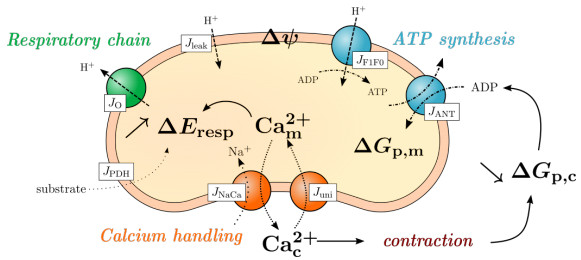
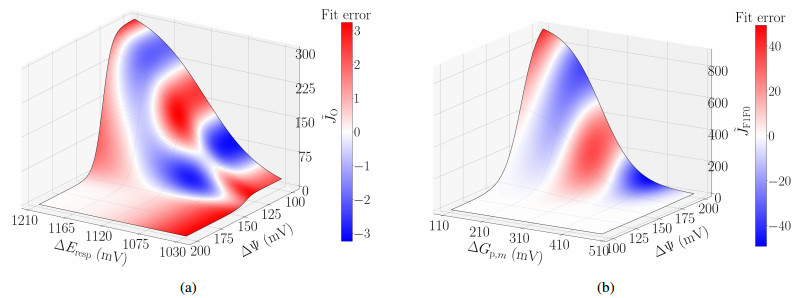
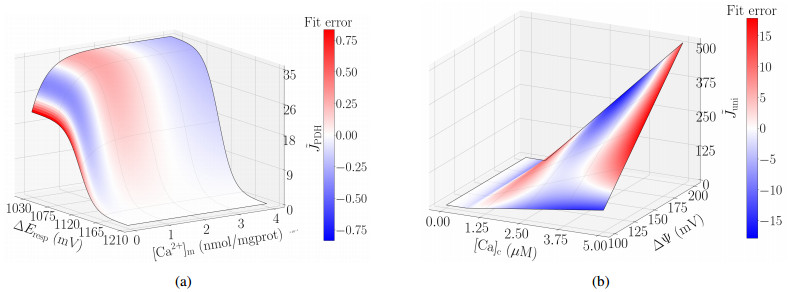
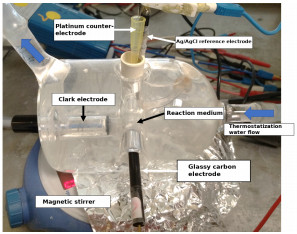
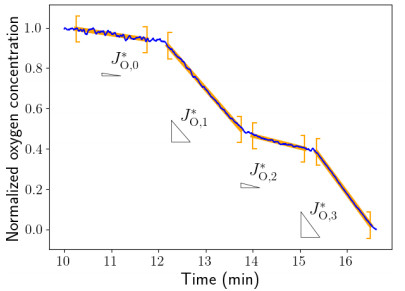
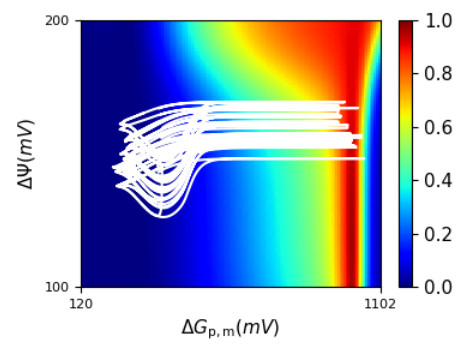
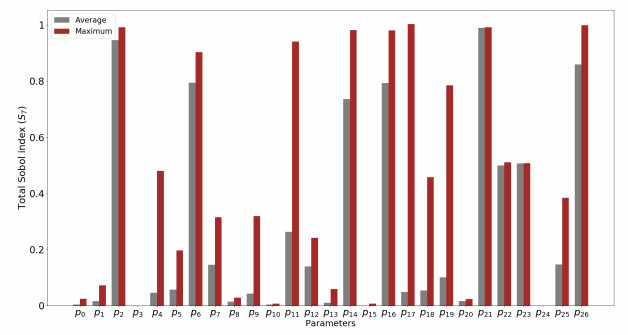
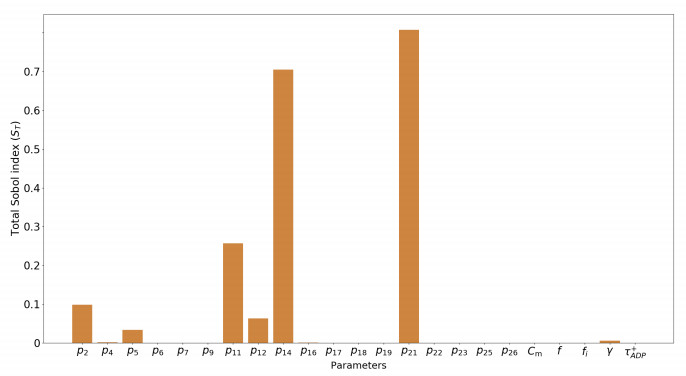
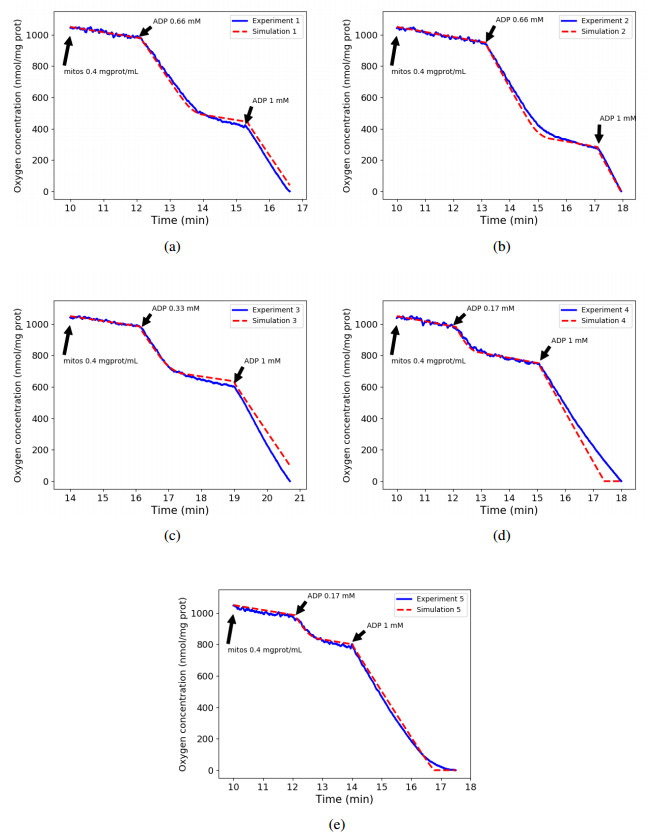
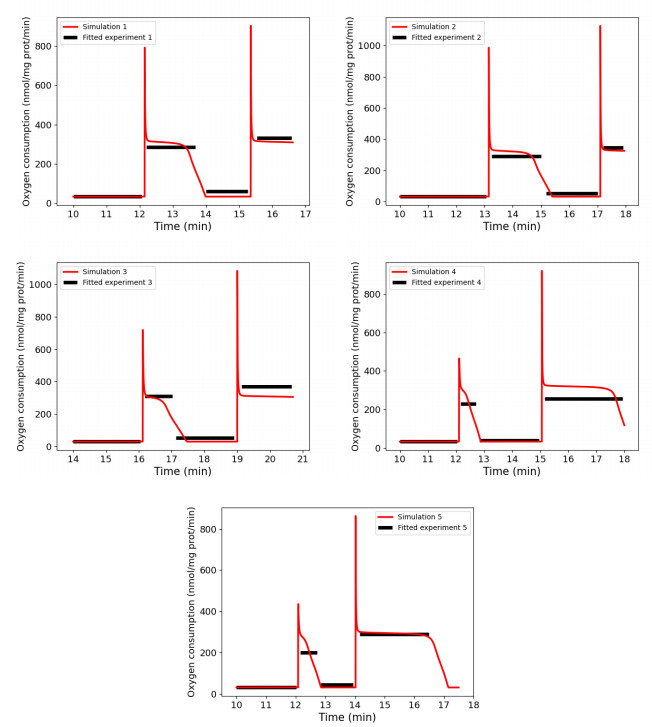
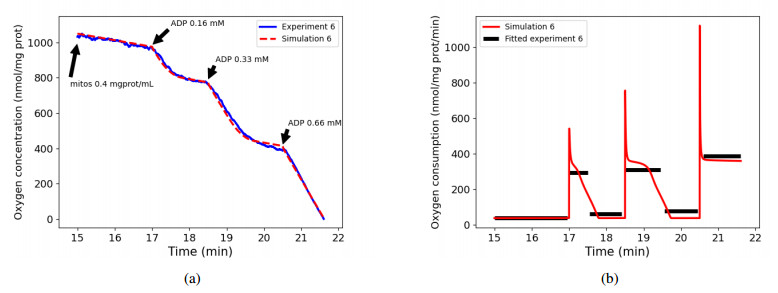
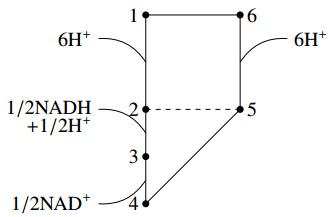




 DownLoad:
DownLoad: